It is has been widely reported that 80% of our population will experience a back incident in their lifetime. That extraordinary number would make one wonder if the spine is designed to withstand the rigors of our work and daily activities.
Considering the body conducts millions of precise functions perfectly every minute of every day and that the human body lives for over seventy years, it is hard to believe that the spine would be lagging behind in its functional evolution.
Yet what else could cause life-changing deterioration of the human spine in so many people? What is responsible for these breakdowns that cause overwhelming pain, high medical costs, days away from work, high workers compensation costs and in some cases complete immobility? Surely it has to be a complex and interwoven dilemma for it to have persisted for so long.
And then again, could there be a simple solution heretofore overlooked?
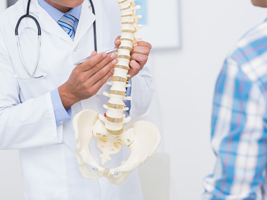 Breathing, digesting, blinking, heart pumping, swallowing, and many other countless body functions are set up on automatic circuits. They function without cognitive decisions on our part. The spine is a mechanical structure that, like the rest of the human body, is incredible in its design.
Breathing, digesting, blinking, heart pumping, swallowing, and many other countless body functions are set up on automatic circuits. They function without cognitive decisions on our part. The spine is a mechanical structure that, like the rest of the human body, is incredible in its design.
However, the spine, being mechanical in nature, becomes the direct effect of how we choose to use it. When we sit, stand, lift or bend it obeys our orders and assumes the position we place it in.
With this in mind, you need only to observe people at work, at school, at the laundry mat, at the airport, even at home, to see something incredibly fascinating. And that is- we, as a society, have never been taught how to use our spines correctly.
This is evident as we watch a mother lifting her baby, a child lifting a backpack, a laundry basket being lifted, luggage being hoisted down from the overhead bin, the truck driver sitting AND then lifting loads, the office worker sitting at their computer, etc., etc., etc.
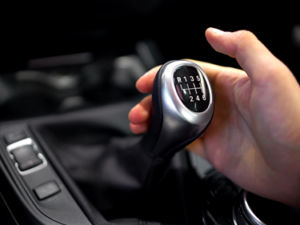 None of us have ever received the operating manual or received the training we should have experienced when we were in 3rd grade! We have been operating a mechanical structure without knowing the simple basics of how to do so correctly.
None of us have ever received the operating manual or received the training we should have experienced when we were in 3rd grade! We have been operating a mechanical structure without knowing the simple basics of how to do so correctly.
I remember as an 18-year-old boy being asked to drive a heavily loaded pick-up truck up a steep, muddied dirt road.
I became very nervous when I discovered the truck was not an automatic. I had never been trained on how to drive a stick shift before although I had observed it being done many times. Being too embarrassed to confess to this lack of experience I set out to reach my destination. I still shudder when I think of the deprived years I caused the clutch on that rainy day.
When working with something mechanical in nature there is usually a right way and a wrong way to use it. When it is misused degrees of damage can be expected.
The spine is no different. A lack of knowledge on how to use our spines correctly causes an accumulation of innocent stresses. These stresses, over time, can lead to fatigue, discomfort, pain and then for the unlucky, the life-changing injury.
The design of our spines is quite exceptional. We simply need to learn how to use it properly. Cumulative trauma to your back can be averted by applying the following 3 rules of the Backsafe® Code of Conduct.
|
|
Public Works Success
|
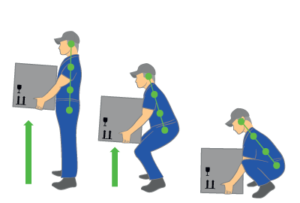 |
|
Prevent tomorrow’s injuries today! ™
Dennis Downing, CEO
Future Industrial Technologies, Inc.
(800) 775-2225
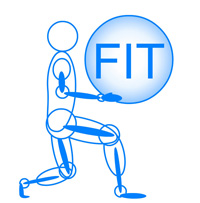

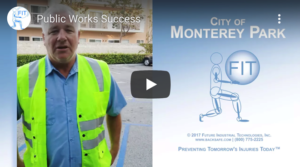
Recent Comments